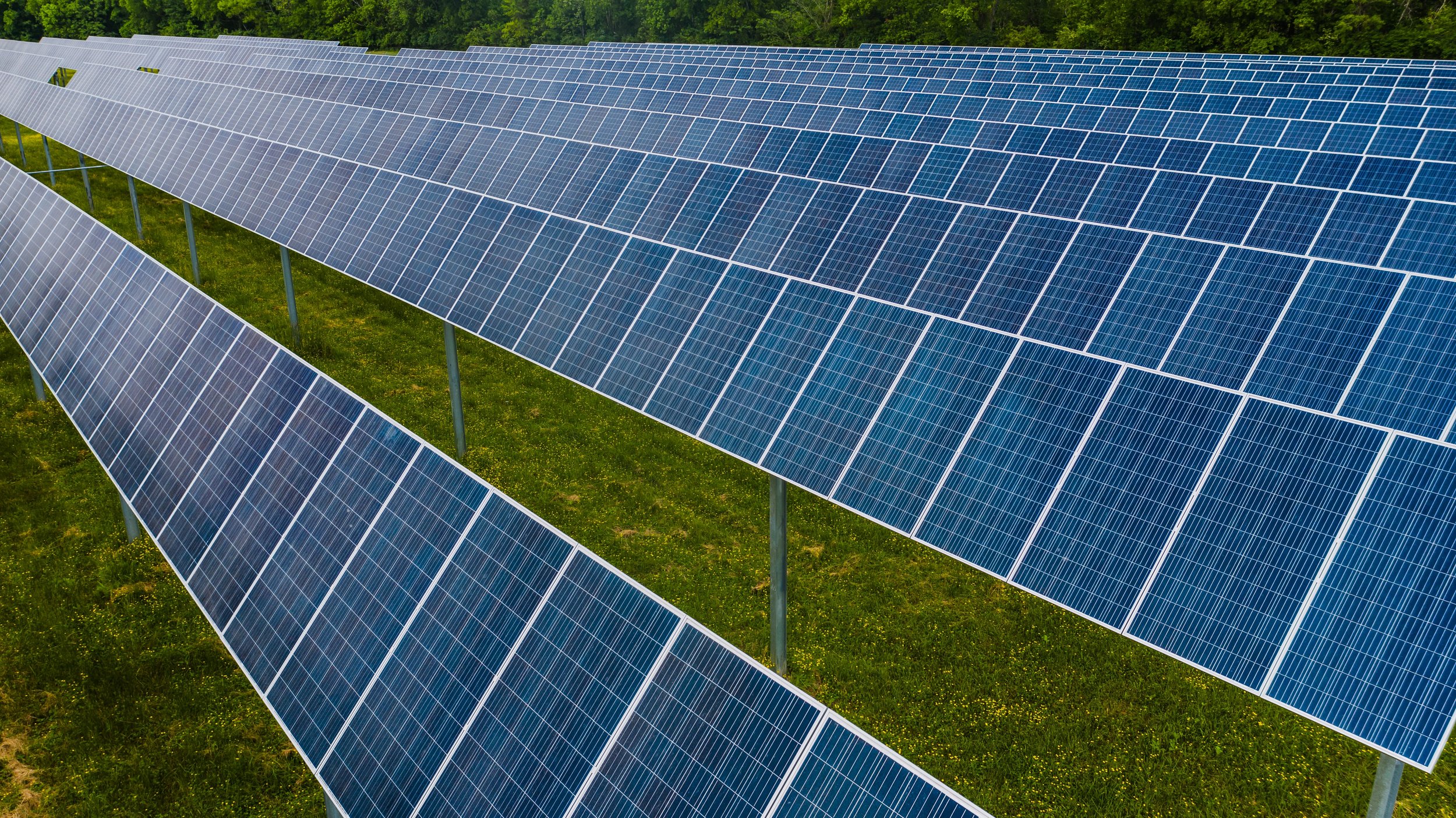Solar Net Metering with SOPEC
Did you know, that Ohio’s net metering rules* allow you to produce your own electricity? There are a few rules:
The generating equipment must be intended primarily to offset part or all of your own electricity requirements (up to 120%).
Acceptable generation resources include solar, wind, biomass, landfill gas, hydropower, microturbines, and fuel cells.
Such generating equipment must be located on your own premises; and
Must be interconnected to the electric utility’s distribution system.
*These rules only apply to investor-owned utilities. Municipal electric utilities and rural electric cooperatives create their own net-metering rules.
As stated by the Public Utilities Commission of Ohio:
“Net metering is a billing arrangement where customers who produce their own electricity can receive a credit on their electric utility bills for any extra electricity produced by the customer that flows back onto the electric utility’s distribution system.”
SOPEC focuses on Solar Net Metering because solar power is the most accessible and most valuable renewable resource in the communities we serve. As solar power becomes more popular and accessible, understanding the language of solar will be important for everyone. Review this glossary of solar energy terms and you’ll be talking like a solar professional in no time! Solar panels use semiconductors to transform sunlight into electric power.
SOPEC’s Net Metering Program
Any residential or small commercial electric utility customer enrolled in the SOPEC Electric Aggregation Program can join SOPEC’s Net Metering Program.
The SOPEC Electric Aggregation Program is supplied by AEP Energy, a competitive retail electric service (CRES) provider. CRES providers, like AEP Energy, are allowed to provide net metering for SOPEC customers, however, only customers who have signed an interconnection agreement with the local electric utility may engage in net metering with AEP Energy.
Each billing month, when a customer's electricity consumption exceeds on-site solar generation, AEP Energy will charge for any net consumption of electricity supply at the aggregation program rate per kilowatt-hour (kWh). When a customer's on-site solar generation exceeds electricity consumption, AEP Energy will credit customers for net solar production onto the local grid at the aggregation program rate per kWh
PUCO notes, “Under the rule, the electric utility shall transmit or make available to the CRES provider the customer-generator's interval meter data for the billing period, including usage data.
“If you want a net-metering billing arrangement, your generating equipment must be interconnected to the local electric utility’s distribution system. You must also use an advanced meter capable of registering the flow of electricity in each direction. Whenever your generating equipment produces more electricity than you need, the extra electricity flows backward through the advanced meter on your property making it turn in reverse. This reverse metering is “netted” against your total energy usage for the month in the form of a bill credit, thus lowering your electric bill.”
Net Metering on Your Bill as a SOPEC Customer
AEP Ohio
The example below shows an AEP Ohio utility ratepayer that has a net metering billing arrangement and is also enrolled in the SOPEC Electric Aggregation Program, supplied by AEP Energy. From left to right, the April bill shows 199 kWh of net usage, with 651 kWh of solar power produced. The May bill shows a month of net solar production of 6 kWh (-6 kWh net usage). For the May bill, the customer avoids Transmission Service charges and pays $0 for supply. The $0.34 of net metering credit generated in the May bill is applied toward the June bill. The June bill shows 334 kWh of net solar production (-334 kWh net usage). Like in May, the customer avoids Transmission Service charges, pays $0 for supply, and utilizes the May bill’s solar net metering credit. In July, the bill will utilize the 334 kWh of net metering credits. This is calculated by taking the net solar production and multiplying it by the aggregation program rate:
May solar generation applied to June bill: 6 kWh (net solar production) X $0.0564 (aggregation program rate) = $0.34
June solar generation applied to July bill (pending): 334 kWh (net solar production) X $0.0564 = $18.84
AES Ohio
The example below shows an AES Ohio utility ratepayer that has a net metering billing arrangement and is also enrolled in the SOPEC Electric Aggregation Program, supplied by AEP Energy. The “Usage Detail” section can be found on page 1 of an AES Ohio electric bill. As highlighted, this customer used 1,278 kWh during the billing period. However, their solar system provided 679 kWh of solar power and, therefore, the net usage was 599 kWh. The “AES Ohio Delivery Charges” and “Supply Charges” sections are located on page 2 of an AES Ohio electric bill. When a customer has solar net metering in place, they are charged based on the net usage (599 kWh) for both sections. Electric utilities are unique in how they operate and SOPEC believes a one-month delay in net metering credits with AEP Ohio, in the example shown above, would be the same for AES Ohio customers when solar production (received) is larger than actual usage, which would show a negative net usage figure. SOPEC is still verifying that AES Ohio’s net metering credits operate the same as AEP Ohio’s.



